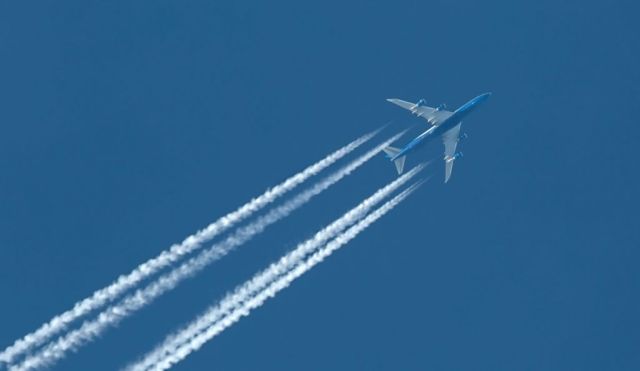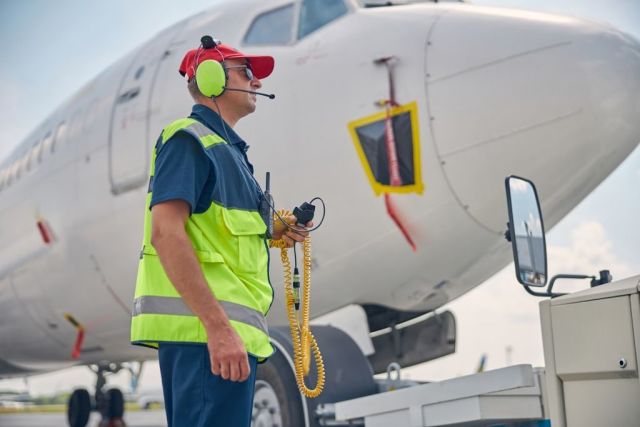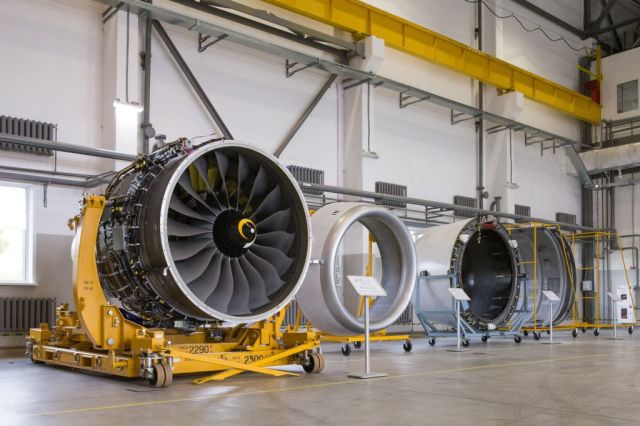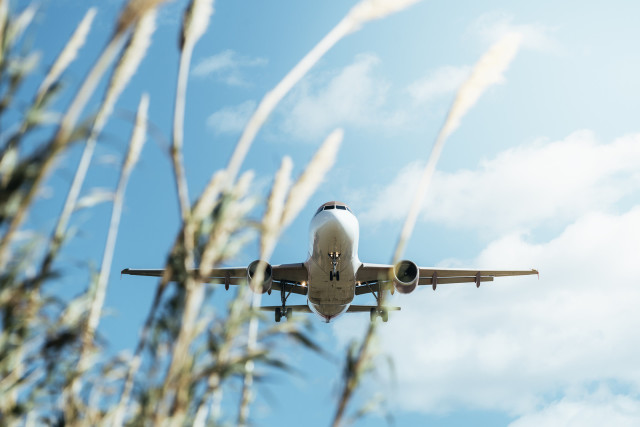Scientific and technological progress in the last century realized the main dream of mankind of all times – provided the opportunity to fly. Today it is impossible to imagine our life without flights, and hundreds of planes a day plow the sky. Despite the fact that aviation is a relatively "clean" mode of transport, its impact on the environment is becoming more noticeable.
New technologies in the aviation industry help to comply with strict environmental standards. Aircraft engines are becoming more environmentally friendly, new developments are being introduced to combat aircraft noise.
How to reduce the carbon footprint
Transport, as you know, is considered one of the main sources of atmospheric pollution, and, of course, aviation is no exception. According to rough estimates, when flying from Moscow to Sochi, a passenger liner emits about 13 tons of carbon dioxide into the atmosphere. Despite these frightening figures, aviation accounts for about three percent of all harmful emissions, that is, road transport is much ahead in terms of harmfulness. Nevertheless, airplanes have a daily detrimental effect on the ecology of the upper troposphere and lower stratosphere. A harmful "cocktail" of carbon dioxide, methane, soot sulfate aerosols from the combustion of jet fuel can also affect the process of global warming.
According to industry experts, the most effective response in this situation is, firstly, an increase in fuel efficiency growth, and secondly, the transition to alternative fuels. For example, in recent years, biofuels made from corn, soy, palm oil, etc. have been advertised more and more often for the aviation industry. Airlines have already tried it in practice, biofuels for aviation are currently produced in some countries, for example, in China. However, it remains an expensive "pleasure", and it should be noted that it is not quite unambiguously eco-friendly according to many experts.

In environmental concerns, they are trying to replace traditional aviation kerosene with cryogenic fuel (hydrogen, liquefied natural gas). Its use helps to reduce the overall fuel consumption of the aircraft, CO2 emissions into the atmosphere are also noticeably reduced, but the implementation of such a transition is still quite problematic.
And, perhaps, the most cardinal idea is the rejection of internal combustion engines. Solar-powered aircraft will solve most of the environmental problems of modern aviation, some experts believe. However, before this, many tasks will have to be solved to create powerful and lightweight solar panels for aircraft. Aircraft engines are not going anywhere, but they continue to improve technically – over the past few decades they have significantly increased traction efficiency, which implies less fuel consumption.
Modern passenger planes are becoming more environmentally friendly. For example, the carbon dioxide emissions of the newest Russian airliner MS-21 are lower compared to other aircraft of this class, and the emission of nitrogen oxides is reduced by almost half relative to the requirements of the International Civil Aviation Organization (ICAO).
"You're going quietly": how aviation noise is measured
At the same time, the impact of aviation on the atmosphere is not only about emissions of harmful substances. Aviation noise is no less a negative factor of the impact of aviation technology. Most of all goes to residents of areas adjacent to airports, as well as airport employees and passengers themselves. Aircraft noise can cause many health problems or aggravate existing ones – affect hearing acuity, cause stressful conditions. It is not surprising that the ICAO tightens the requirements for aircraft noise from year to year.
Significant progress has already been made in reducing the level of aviation noise. The evolution of aircraft technology has made it possible to reduce the noise level – modern airliners are 75% quieter compared to aircraft of the 1960s. Today, aircraft manufacturers not only take into account existing international standards, but try to stay ahead of them for decades to come. The MS-21 aircraft was no exception – noise on the ground was reduced relative to the current requirements of the ICAO.

Certification flight tests of the MS-21 for noise on the ground have already been conducted at the M. M. Gromov Flight Research Institute (LII) in Zhukovsky, Moscow region. There is an acoustic measuring base equipped with a system of high-precision microphones. This equipment is capable of registering sound in the range from 23 to 127 decibels, that is, in other words, from a quiet whisper to the roar of an aircraft taking off.
In addition to strict requirements for the measuring equipment itself, the conditions of such measurements are strictly normalized, for example, the level of background noise from extraneous sources. During the test flight, a "silence mode" is introduced, in particular, flights of all other aircraft within a radius of ten kilometers are limited. The smallest and most unexpected sources of interference are taken into account. Even bugs and grasshoppers that land on the windproof screens of microphones can interfere with measurements. According to the LII, when conducting tests at the measuring point, a specialist with rather unusual duties works – he monitors the absence of insects on microphones.
PD-14 engine: quiet and eco-friendly
The noise is affected by various elements of the aircraft, but the main source remains its power plant. When in the 1960s they thought about the problem of aircraft noise, one constructive discovery helped to make the aircraft much quieter, but at the same time more powerful - a turbojet engine with a high degree of dual–circuit.

Photo: United Engine Corporation (UEC)
The new engine of the MS-21 aircraft meets modern and promising requirements for environmental protection in all respects. The Russian PD-14 engine is not only lighter and more economical, but also less noisy and toxic. As previously reported, the emission of harmful substances into the atmosphere at PD-14 is reduced by 20% compared to the engines of the current generation. In terms of noise level on the ground, the new Russian engine is also 75% ahead of its domestic counterparts, which will allow you to fly to airports with increased noise requirements. Many industry experts are confident that the PD-14 will successfully compete with the samples of the world's leading manufacturers and will make the MS-21 more "green".

